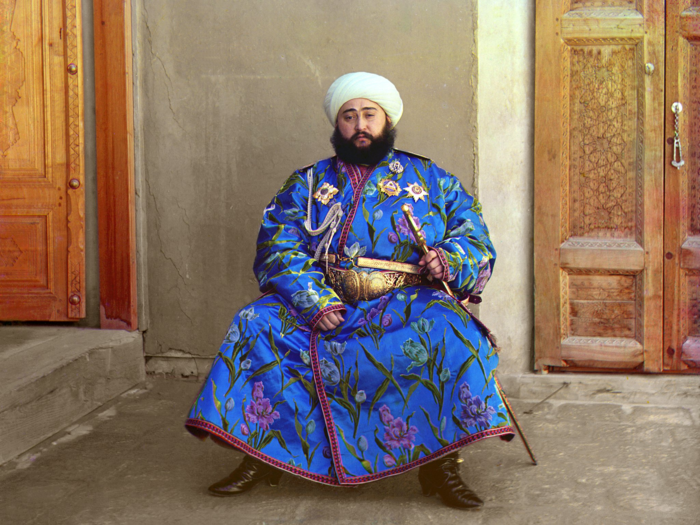
Source: Library of Congress

Source: Library of Congress, World Digital Library

Source: Library of Congress

Source: Library of Congress

Source: Library of Congress

Source: Library of Congress, The Moscow Times

Source: Library of Congress

Source: Library of Congress, Lonely Planet

Source: Library of Congress

Source: Library of Congress

Source: Library of Congress

Source: Library of Congress

Source: Library of Congress, Euronews

Source: Library of Congress

Source: Library of Congress

Source: Library of Congress

Source: Library of Congress
 Stock markets stage strong rebound after 4 days of slump; Sensex rallies 599 pts
Stock markets stage strong rebound after 4 days of slump; Sensex rallies 599 pts
 Sustainable Transportation Alternatives
Sustainable Transportation Alternatives
 10 Foods you should avoid eating when in stress
10 Foods you should avoid eating when in stress

Copyright © 2024. Times Internet Limited. All rights reserved.For reprint rights. Times Syndication Service.